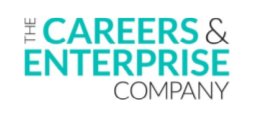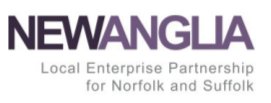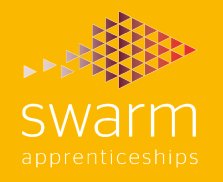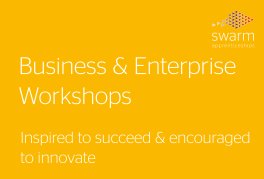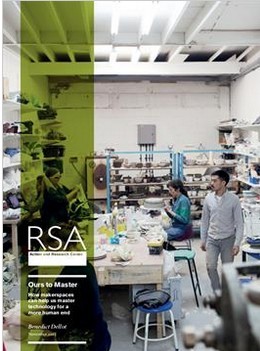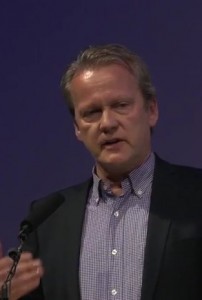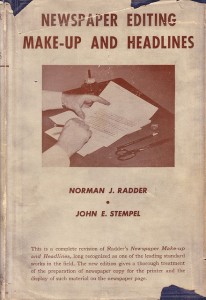Featured article – from the archives…
We round out our short theme on children’s literacy and literature, with a focus from the North of England, with a short consideration. Where did children’s book publishing come from?
Matthew Grenby, Professor of Eighteenth-Century Studies in the School of English at Newcastle University, has written a short piece on the creation of, development of and stimulus to children’s literature by 18th Century personalities.
Part of our work, with sister projects, is as booksellers and publishers. It has been interesting to reflect that we are in a continuing tradition, dating back to the 18th Century.
When we are talking to our partner publishers, or delivering projects overseas, it all feels rather contemporary. But good writing and creative, imaginative work for children is what led us to the work in the first place. It is a timeless pursuit for every cohort we supply and engage with over the years.
Matthew Grenby writes…
”The rise of children’s literature throughout the 18th century.
By the end of the 18th century, children’s literature was a flourishing, separate and secure part of the publishing industry in Britain. Perhaps as many as 50 children’s books were being printed each year, mostly in London, but also in regional centres such as Edinburgh, York and Newcastle.
By today’s standards, these books can seem pretty dry, and they were often very moralising and pious. But the books were clearly meant to please their readers, whether with entertaining stories and appealing characters, the pleasant tone of the writing, or attractive illustrations and eye-catching page layouts and bindings.
Early writing for children
This was new. At the beginning of the century very few such enjoyable books for children had existed. Children read, certainly, but the books that they probably enjoyed reading (or hearing) most, were not designed especially for them.
Fables were available, and fairy stories, lengthy chivalric romances, and short, affordable pamphlet tales and ballads called chapbooks, but these were published for children and adults alike. Take Nathaniel Crouch’s Winter-Evenings Entertainments (1687). It contains riddles, pictures, and ‘pleasant and delightful relations of many rare and notable accidents and occurrences’ which has suggested to some that it should be thought of as an early children’s book. However, its title-page insists that it is ‘excellently accommodated to the fancies of old or young’.
Meanwhile, the books that were published especially for children before the mid-18th century were almost always remorselessly instructional (spelling books, school books, conduct books) or deeply pious. Yet just because a book seems dull or disciplinary to us today, this doesn’t mean that children at the time didn’t enjoy it. Godly books of the sort produced from the 1670s by Puritans like John Bunyan are a case in point.
James Janeway’s A Token for Children (1671-72) gives what its subtitle describes as ‘an Exact Account of the Conversion, Holy and Exemplary Lives and Joyful Deaths of Several Young Children’. These children lie on their deathbeds, giving accounts of the sins too often committed by children – idleness, disobedience, inattention to lessons, boisterousness, neglecting the Sabbath – but tell those assembled round them that salvation awaits all who renounce such wickedness, and they explain how happy they are to be going to their eternal reward. Hardly fun, we might think, yet memoirs and letters, as well as continuing sales over more than a century, testify to young readers’ genuine enjoyment of these descriptions of heroic and confident, if doomed, children.

The 18th century
In the first half of the 18th century a few books that didn’t have an obviously instructional or religious agenda were published especially for children, such as A Little Book for Little Children (c.1712), which included riddles and rhymes ; and a copiously illustrated bestiary, A Description of Three Hundred Animals (1730), the second part of which was published ‘particularly for the entertainment of youth’.
But the turning point came in the 1740s, when a cluster of London publishers began to produce new books designed to instruct and delight young readers.
Thomas Boreman was one, who followed his Description of Three Hundred Animals with a series of illustrated histories of London landmarks jokily (because they were actually very tiny) called the Gigantick Histories (1740-43). Another was Mary Cooper, whose two-volume Tommy Thumb’s Pretty Song Book (1744) is the first known nursery rhyme collection, featuring early versions of well-known classics like ‘Bah, bah, a black sheep’, ‘Hickory dickory dock’, ‘London Bridge is falling down’ and ‘Sing a song of sixpence’.
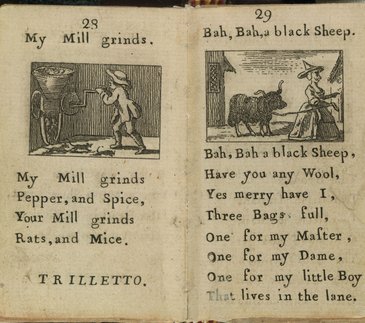
The father of children’s literature
But the most celebrated of these pioneers is John Newbery, whose first book for the entertainment of children was A Little Pretty Pocket-Book Intended for the Instruction and Amusement of Little Master Tommy and Pretty Miss Polly (c.1744).
It was indeed a pretty book, small, neat and bound in brightly coloured paper, and Newbery advertised it as being sold with a ball (for a boy) and a pincushion (for a girl) – these toys were to be used to record the owner’s good and bad deeds (by means of pins stuck either to the black side of the ball or pincushion, or the red). Newbery’s books perfectly embodied the educational ideas of John Locke, who had advocated teaching through amusement.
But Newbery has become known as the ‘father of children’s literature’ chiefly because he was able to show that publishing children’s books could be a commercial success. This may have been because he made most of his money from selling patent medicines, and by publishing for adults
Nevertheless, his children’s book business flourished, and, following his death in 1767, it was taken over by his descendants, surviving into the 19th century. Newbery was a great innovator too. He produced the first children’s periodical for example, called The Lilliputian Magazine (1751-52), a miscellany of stories, verse, riddles and chatty editorials.
And his most famous work, The History of Little Goody Two-Shoes (1765) has a good claim to be called the first children’s novel. It tells the story of a poor orphan, Margery, who makes a career for herself as a teacher before, like a less glamorous Cinderella (with no fairy godmother, balls to attend, or glass slipper), she marries the local landowner who she has impressed by her honesty, hard work and good sense.
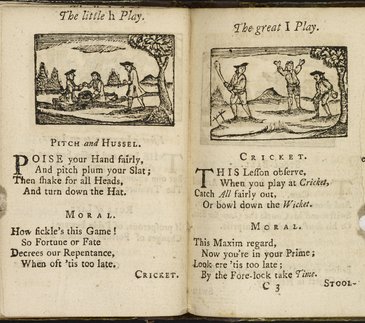
A rapid expansion of children’s literature
The reasons for this sudden rise of children’s literature have never been fully explained. The entrepreneurial genius of figures like Newbery undoubtedly played a part, but equally significant were structural factors, including the growth of a sizeable middle class, technical developments in book production, the influence of new educational theories, and changing attitudes to childhood.
Whatever the causes, the result was a fairly rapid expansion of children’s literature through the second half of the 18th century, so that by the early 1800s, the children’s book business was booming. For the first time it was possible for authors to make a living out of writing solely for children, and to become famous for it. Children’s literature, as we know it today, had begun”.
This article was originally published by The British Library. You can see the original web version here… http://www.bl.uk/romantics-and-victorians/articles/the-origins-of-childrens-literature
You can find a wider, more detailed survey of the history of children’s lierature at the British Library here… http://www.bl.uk/reshelp/findhelpsubject/literature/chillit/childhist/childhistorical.html
The material in our article is made available under the Creative Commons License. You can see the licence detail here… https://creativecommons.org/licenses/by/4.0/ No amendments to the copy have been made, only hyperlinks have been added.

